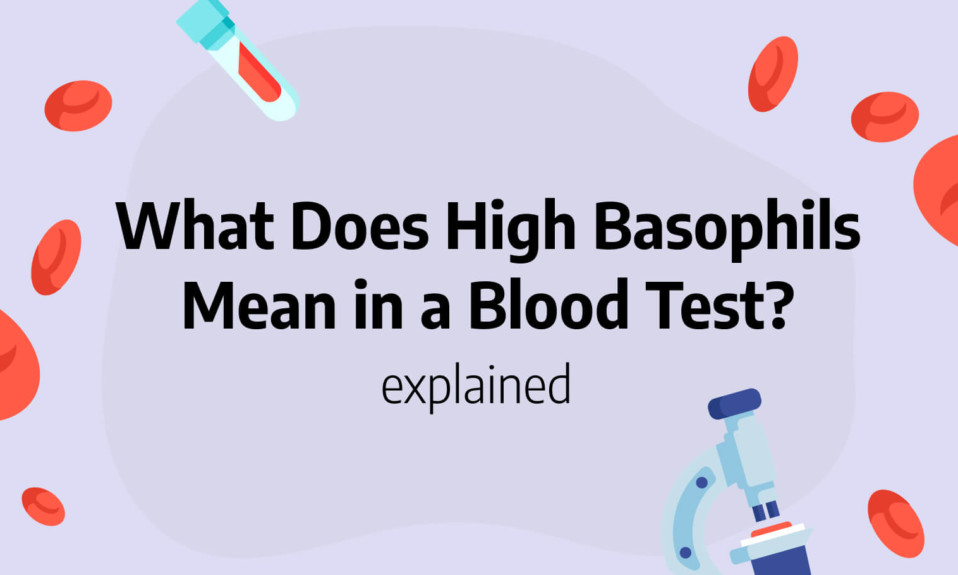Basophils are white blood cells that belong to the body’s defense system against viruses and bacteria. They are among the rarest, or even totally absent in some people.
What are basophils?
Leukocytes (or white blood cells) are cells of the immune system. Among them are the basophilic polynuclear cells, also called basophilic granulocytes or basophils.
However, the term “polynuclear” is inappropriate because these cells have only one nucleus, and not several, even though it was long believed the opposite because of the lobed character of their nucleus.
Other polynuclears are neutrophils and eosinophils. They are called “basophilic” because of a characteristic visible under light microscopy: after addition of the usual vital dyes, these cells turn blue.
What is the function of basophils?
Basophils activate the inflammatory reaction and are involved in allergic reactions by releasing histamine, which causes the usual symptoms of allergies. Like all white blood cells, they are involved in the defense of the body against external aggressions, particularly infections.
What is absolute basophils count (abc)?
The absolute basophil count is simply the absolute count of eosinophils in the white blood cells. Instead of being expressed in percentage we usually count them by absolute number per mm3.
Basophils normal range
Basophils are the least numerous of all white blood cells, accounting for less than 1% of all white blood cells.
Normal values are less than 100 basophils/mm3 of blood.
What does low basophils mean?
A decrease in the number of basophils or low basophils, called basocytopenia or basopenia, has no real diagnostic value but can be observed during acute stress, Cushing’s disease, certain medications (corticosteroids, ACTH or estrogens), allergic or anaphylactic shock, chronic urticaria, hyperthyroidism or infection.
What does high basophils mean?
High basophils also called basophilia is an increase in certain white blood cells called basophils, which is seen on a complete blood count. The level is greater than 100 basophils per mm3, or more than 1% to be considered as basophilia.
Basophilia is usually discovered by chance during a blood count requested during a check-up.
A moderate increase in basophils (2-5%, with or without hyperleukocytosis) is mainly observed during allergic or inflammatory conditions (dermatoses, asthma, immediate hypersensitivity reactions), or hypothyroidism, various endocrine diseases, ulcerative colitis, chronic juvenile arthritis, viral infections (chickenpox), estrogen administration, hyperlipidemia, certain cancers, or Hodgkin’s disease.
A strong (more than 5%) or very strong increase in basophils is more likely to be observed in myeloproliferative syndromes or acute leukemia.










